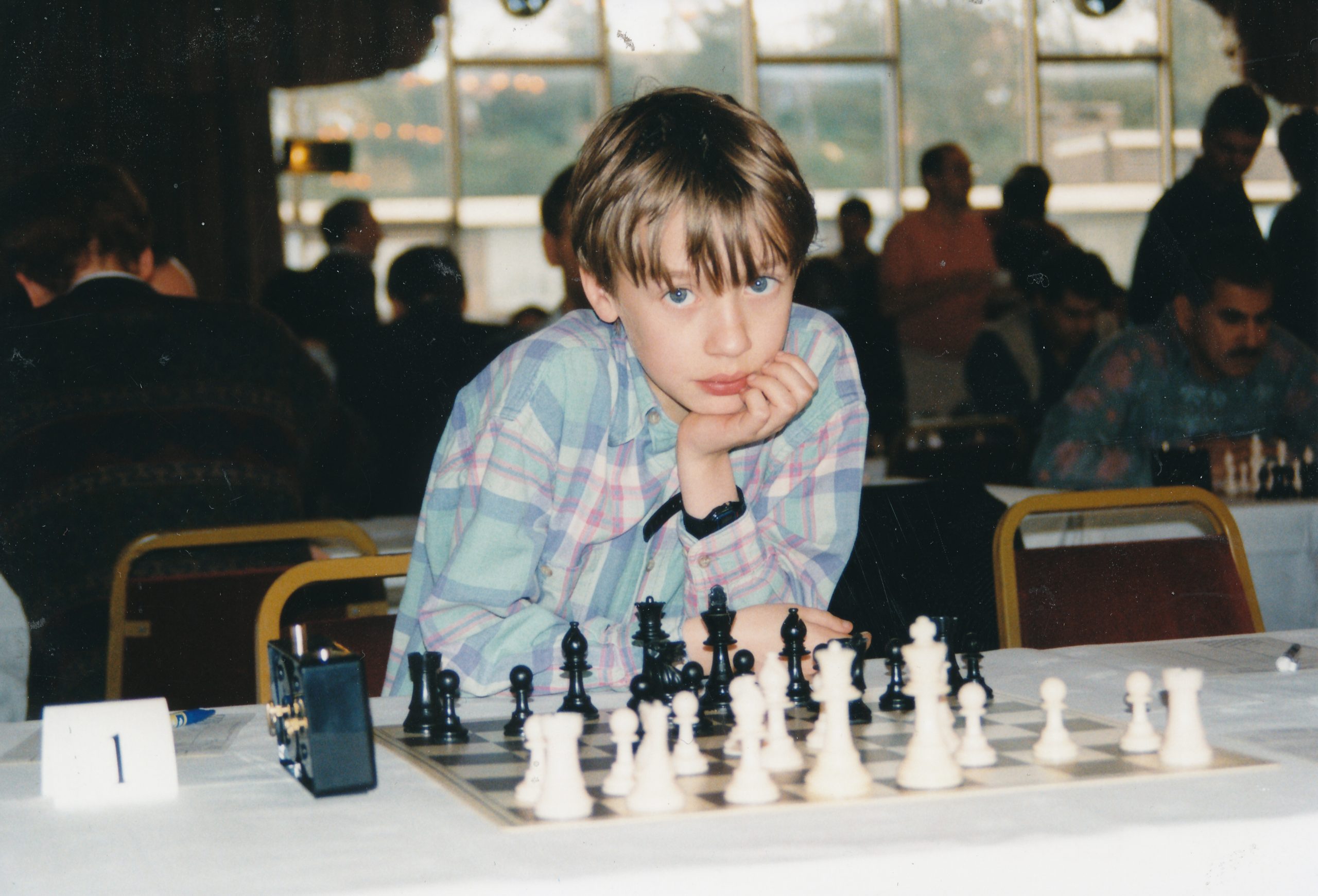We send best wishes to GM Luke James McShane on his birthday, this day (January 7th) in 1984.
Here is Luke’s Wikipedia entry


In January 2023 Luke accepted a role on the European Chess Union’s Trainers Commission!

We send best wishes to GM Luke James McShane on his birthday, this day (January 7th) in 1984.
Here is Luke’s Wikipedia entry


In January 2023 Luke accepted a role on the European Chess Union’s Trainers Commission!